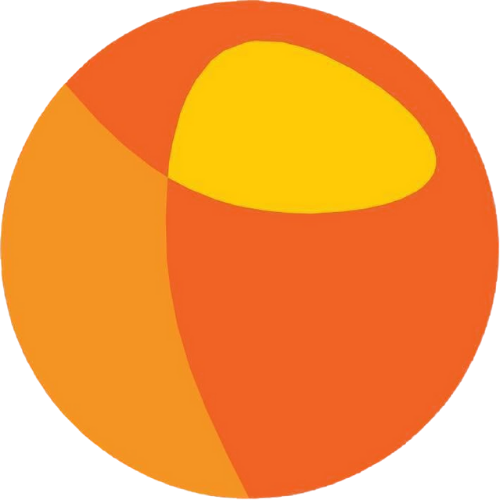What is Pilates?
Pilates was originally called "Contrology";t was created by Joseph H. Pilates. In the introduction of Joseph's (Joe) book "Return to Life through Contrology" , Frederick Rand Rogers, President of North American Physical Institute says: "...the maintenance of a superior standard of physical fitness is increasingly necessary to the maintenance of life and liberty in any complex civilisation. It is supremely so in times of social strive... in my judgement, "Contrology" is an ideal system to transform the body into a perfect instrument of will. It is kinesiology proper, physiologicaly sound, psychologically correct. I have personal knowledge of its success in effecting astonishing results, not only for normal adults but also for those suffering from supposedly incurable physical defects and organic deficiencies."
Pilates uses the body and mind and requires total concentration and dedication. Breathing is used to enhance the effectiveness of the exercise in question and you are taught how to align your body perfectly before starting each exercise and focus on specific muscle groups so that others are not put under strain.
It can be done by anyone as it is very adaptable and the programs are created for the individual.
Quality over quantity becomes the norm when practicing.
There are two forms of Pilates as we see in most places now a days: mat work and apparatus work, the most famous being the Reformer.
Benefits of Pilates
Mind-Body workout
You become in tune with your body through proper breathing, alignment, control, flow of movement and concentration on the exercise in question
Reduces stress through learning how to breathe properly
Long, lean and flexible muscle elasticity, giving you a more balanced body and making you less likely to get injured
It elongates and strengthens the muscles improving joint mobility and stability
Improves sports/dance performance
Prevents and rehabilitates injuries and operations
Re-trains your body to move in a more safe and efficient way
Improves posture (some people even grow due to this!)
It can be very gentle at beginner and injury rehabilitation level
It can be extremely challenging at advanced level
The intensity of the workout is created according to the individual need
The perfect exercise if you spend your day hunched over a desk, tablet, smart phone, driving and/or carrying heavy bags or children as it works as an antidote
It is perfect exercise if you are trying to recover from an injury or operation
Ideal for those with back problems, those whose jobs require heavy lifting or repetition of movement
Pilates Apparatus
There are four main Pilates pieces of equipment developed by Joseph Pilates himself. The most commonly known now a days is the Reformer.
In a complete Pilates studio you will also find the Trapeze Table, the Ladder Barrel and the Wunda Chair amongst others.
Pilates developed the apparatus to help his students to prepare for the mat work exercises which are very challenging and demanding.
The Pilates on the apparatus is similar and yet very different to the mat work.
The Reformer is generally more intense and dynamic then the mat based exercises as it adds resistance to the Pilates exercises. It looks like a bed with springs and a slide carriage.
The Trapeze Table looks like a four poster bed with springs attached to it at both ends. The exercises are more lengthening and at the same time strengthen the body.
The Chair can be one of the most challenging of the pieces of equipment.
The Ladder Barrel has an incredible variety or exercises and it is great for flexibility work.
The apparatus uses different spring levels to add resistance (progressive resistance). You learn to use the resistance with the equipment controlling the movements and not allowing the springs to perform the exercises for you.
Often a larger range of motion can be worked on the equipment, the are ideal to create strength, build and tone muscles, increase stability around the joints, working the entire body and at the same time creating more flexibility.
Many people are scared and feel intimidated by the equipment specially in a big studio. At Totum we are a small boutique studio offering very small classes (maximum 3 people per class) or private sessions with the apparatus.
The sessions are tailor made to the individual and you will find that progression and goal achievement comes much quicker then in a big class or studio space.
Pilates Mat Work
Mat Pilates comes from the original series created by Joseph Pilates of 34 specific exercises and designed to be performed on the mat, in sequence, very challenging and using your whole body in a variety of ways.
In contemporary Pilatesthe above exercises have been adapted and others have been created and incorporated to the method taking into consideration modern principles of exercise science and rehabilitation, making Pilates one of the most effective and safe methods available.
The exercises can be deceptive simple, minimal, however, if performed correctly they are so effective that you do not need more then six to ten repetitions of each.
One of the biggest advantages of mat pilates is that the exercises can be performed anywhere with just a mat, making it ideal for the instructor to give home woe to the client so that results are seen faster and sooner.
The class is ideally no bigger then 12 people per class, making it more affordable.
Small props such as: tonning balls, elastic bands, foam rollers, small weights, wobble board, swiss ball; can also be incorporated to the repertoire to add variety into the mat work.
Pilates original mat work is often harder then the apparatus work particularly in the beginning as muscle tightness and imbalances can make it challenging to achieve the desired movement and connection to the core.
Pilates mat work can be enhanced in combination with a private or semi private session on the apparatus



